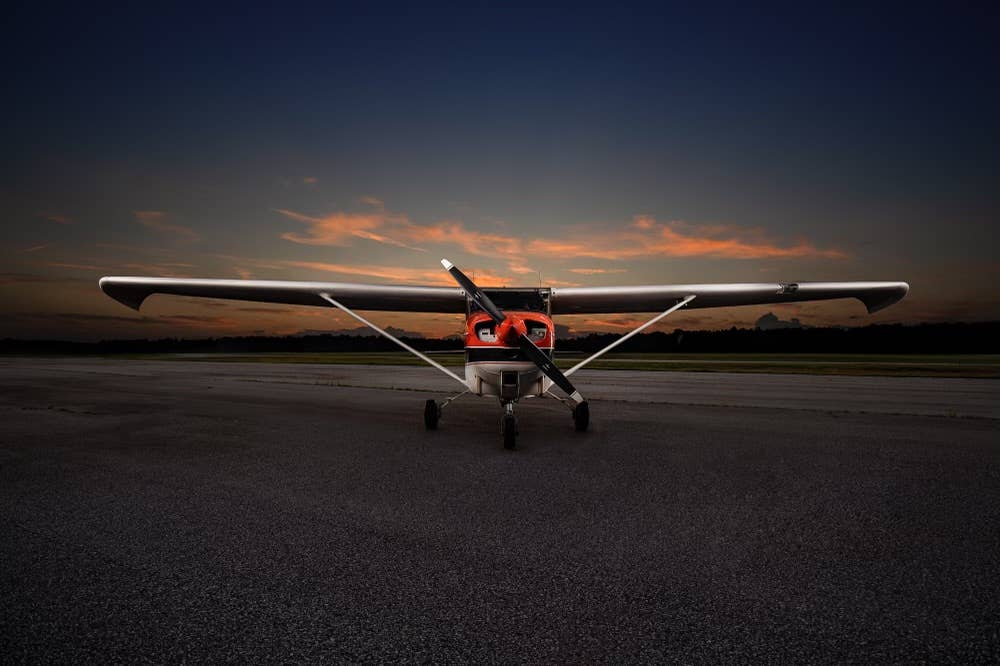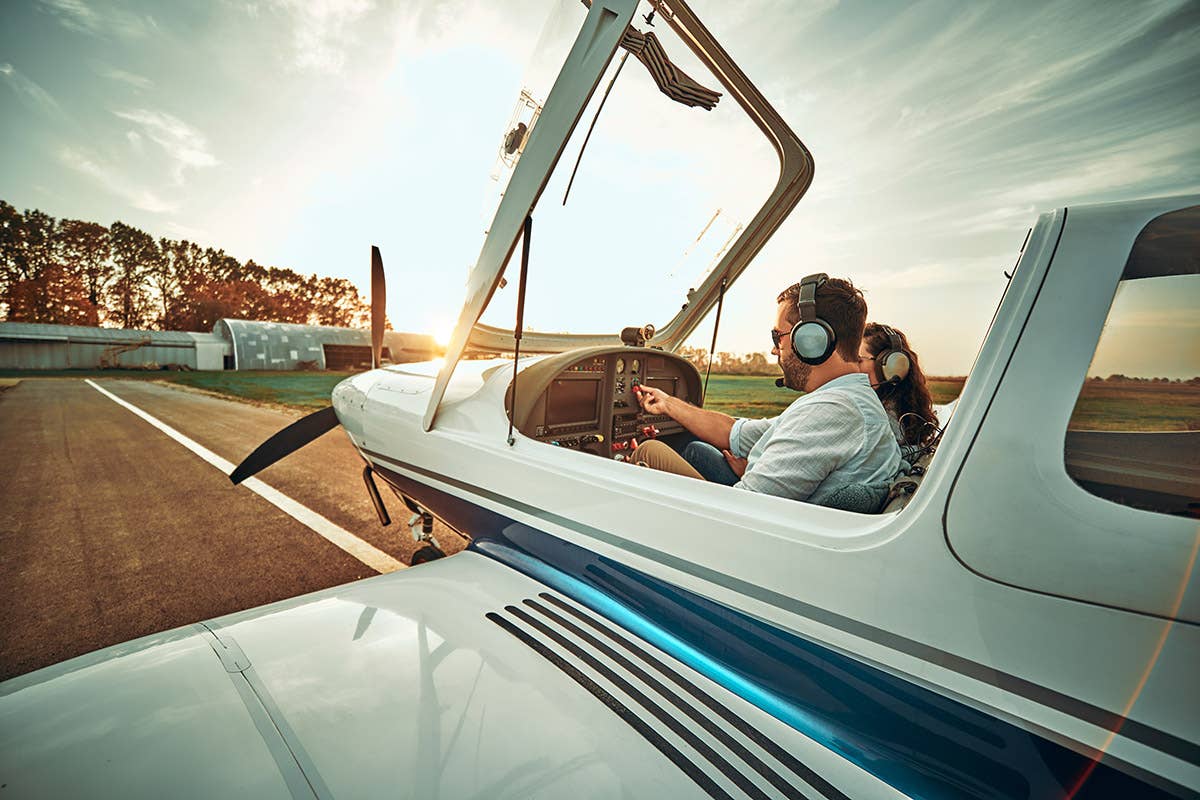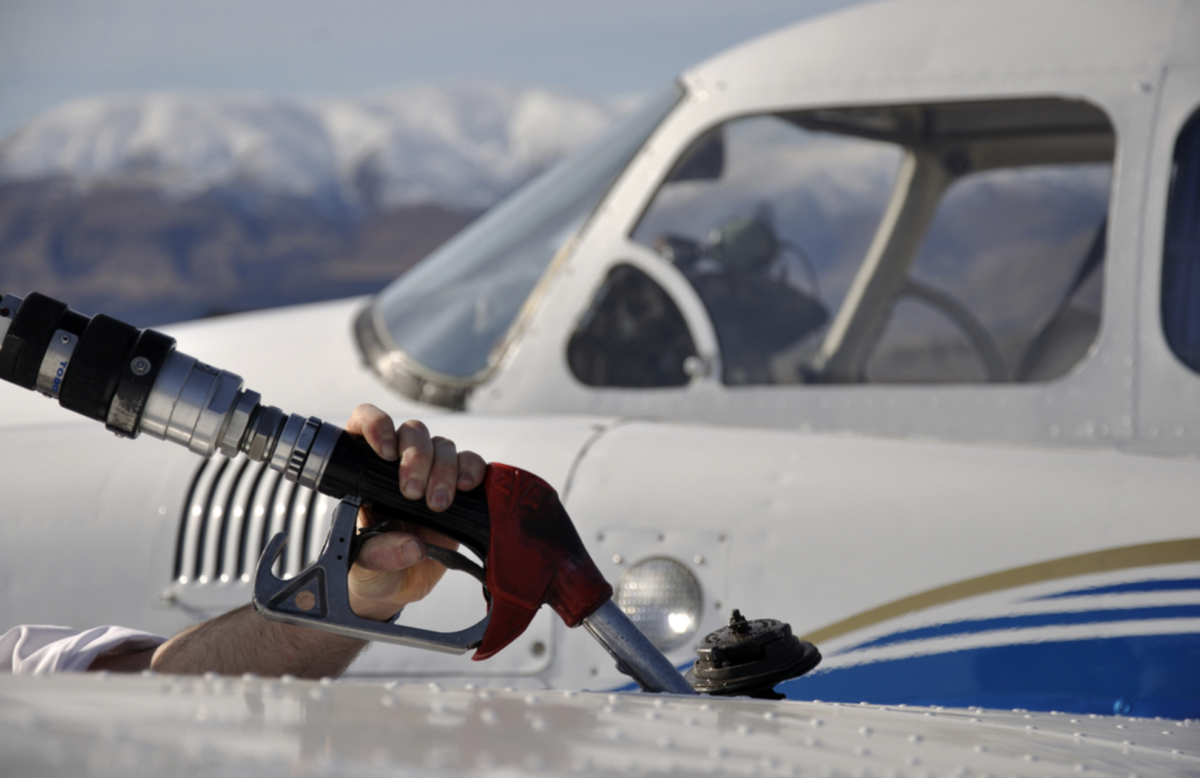Cessna 172 Annual Maintenance and What It Will Cost You
The annual inspection is one of the most significant cost drivers for Cessna 172 owners.

Annual maintenance costs of a Cessna 172 varies based on the aircraft’s year, model, and operating mission. [Credit: Corey Sampson]
What does it cost to maintain an airplane properly? My answer: it depends. Maintenance varies based on the aircraft’s year, model, and operating mission.
There are many schools of thought concerning aircraft maintenance. Because perception is reality, all of them are true for the most part. Here is how I break it down.
- Preventive maintenance = fixed costs
- Scheduled maintenance = fixed/variable costs
- Unscheduled maintenance = variable costs
Preventive Maintenance
An owner/operator changes the oil of their aircraft engine. Because his application has an oil screen instead of a spin-on filter, Cessna 172 owner Corey Sampson changes his oil every 25 hours. His logbook reflects the intervals by which this maintenance needs to occur. A case of Phillips 66 X/C 20W50 runs about $93, there is no filter to buy, and he saved labor dollars by doing the work himself. There will be a few quarts left over for next time. Right now, Corey is on track to fly 400 hours this year. That is a lot of oil changes.
For perspective, an AA48108-2 spin-on oil filter for this model costs about $35, and mechanic labor would cost another $100.
Scheduled maintenance comes with a fixed cost but can also have variable cost factors. During my stint in corporate aviation, I supported Southern Company Services and their fleet of King Air 200s. Their maintenance team religiously performed scheduled brush changes on their starter generators. They also pulled them for exchange at the time between overhaul (TBO) recommendations.
Because of this action plan, they never had a starter generator failure in service. Finance knew that at X number of flight hours, they would spend Y number of dollars. If the mechanics find damage during the generator’s removal and replacement (R&R), such repair is unscheduled maintenance with a variable cost based on condition.
The annual inspection is one of the most significant cost drivers for Cessna 172 owners. Because one needs an A&P/IA, the labor cost is a tick higher than standard maintenance. Based on my experience, you can expect to spend around $1,700.00 for the inspection. The amount is just the inspection fee and is a fixed cost. Findings are extra and are a variable cost.
Unscheduled maintenance is just that, something stopped working correctly, and you need to figure it out. Once, a twin Cessna taxied up to my client Savannah Aviation. The pilot required a bulb to be replaced on the instrument panel. A review of the log showed the engines were due for oil changes. That’s odd; this oil filter is full of metal. Have you ever read "If You Give a Mouse a Cookie?"
Engine Overhaul Cost
There comes a time in every airplane owner’s life—a reckoning, if you will—when the TBO sands of life dwindle to the last few grains in the hourglass. I am talking about that pivotal moment in aircraft maintenance; a major engine overhaul.
I called Pinnacle Aircraft Engines and asked how much it costs to overhaul a Cessna 172 engine. The reply (and you should have seen this coming): “It depends.”
Let’s break it down. Corey has a 1966 model 172 equipped with an O-300-D, a six-cylinder Continental powerplant. Pinnacle’s base price estimate is $38,000. I pulled an estimate from 2014 at my engine shop, and this same engine was $28,500. The later 172 models cost $32,000 for the O-320-E2D and $33,500 for the IO-360-L2A.
Included in the overhaul estimate:
- New Champion ignition kit
- New Superior cylinders
- New lightweight starter
- Overhauled carburetor/fuel system
- Other accessories, like a vacuum pump, incur an extra charge
Other factors to consider are the factory cylinder option, engine baffling, new oil/fuel hoses, motor mounts, propeller, air ducting, and a reworked firewall.
Cessna 172 Supply Chain
The economics of aircraft maintenance boils down to three factors: location, labor, and parts.
When it comes to location, please stick to the maintenance plan to avoid getting stuck in a remote airport in the outer rim. This is where they get you. Labor is what it is. Work with someone you can trust, even if they are a bit pricer than Slippery Pete’s Air Service.
Replacement spare parts can affect your total annual aircraft maintenance spend.
Cessna will direct you to their parts portal. Go there if you must, but know you are paying top dollar. No one gets a deal at the factory.
Finding the right part for your type-certificated aircraft is mission-critical. For Corey’s O-300, the IPC is X30014. You can access this manual by visiting Continental Motors.
Aircraft cylinders are a maintenance constant and can be pricey to repair. New PMA options are available, and the price is negotiable if you have a good relationship.
Here are some examples:
- Aircraft Specialties Services Millennium Cylinder — SA10200-A20P MSRP: $1,318.91 FBO PRICE: $1,160.63 — You save $158.28
- Air Power, Inc. Superior Air Parts Aircraft Products Part Number: SA10200-A20P $1,155. Continental Aircraft Engine Parts Part Number: 658319A2 $2,069
Overhauled cylinders run around $1,200, so you are better off buying new ones.
There are other options for airframe parts, consumables, and accessories also.
Aircraft Spruce & Specialty has a section for Cessna 172 parts.
New Surplus parts can save money, but be careful on places like eBay. Things are only sometimes as they seem. Make sure you have a mechanic check them out.
Here are some better options:
- Preferred Airparts, LLC has a great selection at surplus prices.
- KRN Aviation Services carries quite a few 172 parts, and they have a knowledgeable sales team.
- Atlanta Air Exchange started as a salvage company and became a parts dealer. They still do recovery work and have decades of knowledge to help you.
I hope you have a clearer picture not only of the cost but the value of aircraft maintenance.

Subscribe to Our Newsletter
Get the latest FLYING stories delivered directly to your inbox






